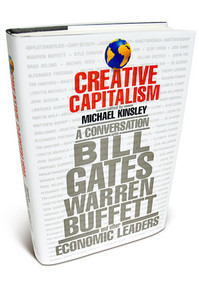(p. 69) This is a standard pattern in the history of science: when tools for measuring increase their precision by orders of magnitude, new paradigms often emerge, because the newfound accuracy reveals anomalies that had gone undetected. One of the crucial benefits of increasing the accuracy of scales is that it suddenly became possible to measure things that had almost no weight. Black’s discovery of fixed air, and its perplexing mixture with common air, would have been impossible without the state-of-the-art scales he employed in his experiments. The whole inquiry had begun when Black heated a quantity of white magnesia, and discovered that it lost a minuscule amount of weight in the process–a difference that would have been imperceptible using older scales. The shift in weight suggested that something was escaping from the magnesia into the air. By then running comparable experiments, heating a wide array of substances, Black was able to accurately determine the weight of carbon dioxide, and consequently prove the existence of the gas. It weighs, therefore it is.
Source:
Johnson, Steven. The Invention of Air: A Story of Science, Faith, Revolution, and the Birth of America. New York: Riverhead Books, 2008.



